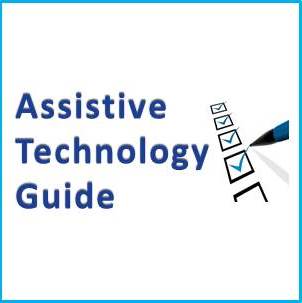More Details
Services include:
* Pedal Extensions
* Hand Controls
* Steering assist
* Chair lifts for vehicles and commercial transport vans
* Wheelchair Restraints
* Drivers wheelchair assist
* Chair and scooter stations
* Pneumatic door and remote opening options
* Customised and fabricated grab mounts
* Wheelchair lifts and loaders
* Seatbelt assist
* Automatic step options
* Driving School secondary controls
* Transport van conversions to commuter vans
* Side Turn out seat systems
* Leg rests and supports
* Left side indicators
* Child restraint fitments and inspections
* Handbrake assist
* Hill start brake hand control options
* Wheelchair restraint systems for vans, Taxi's and Support Service Vehicles
* Left side accelerators
* Additional seat and restraint installations
* Servicing of Bruno and Braun Lifts and Loading systems
Considerations
When purchasing a wheelchair accessible vehicle or a vehicle to be used with a roof mounted wheelchair hoist consider the vertical clearances of these in relation to the vertical clearances recommended by AS2890.1 (Off street Car Parking), and AS4299 (Adaptable Housing). The recommendations are as follows.
* Vertical clearance at the entrance to an off street car park - minimum 2200mm
The height of the vehicle or the height of the vehicle plus the hoist and folded wheelchair on the roof should be less than 2200mm to enter an off street car park.
* Vertical clearance above an accessible car parking space - minimum 2500mm. The vertical height required to unload / load a wheelchair on/off the vehicle roof should be less than 2500mm.
Price Guide
POA
Models
They are agents for the following brands of products
Tramanco, Auto Adapt, Bruno, Braun, Q straint and Reben
Installation
All vehicle modifications must be installed by an authorised agent.
The RMS requires evidence that the safety standards originally built into the vehicle have been maintained. Therefore, the modifications must be certified by an Engineering Signatory who is recognised by the RMS for this purpose. If the modifications are satisfactory, the signatory will issue an Engineering Certificate which must be presented to the RMS. The RMS maintains a list of Engineering Signatories.
Standards
Standards
Some assistive technology needs to meet Australian or other standards. Standards may relate to materials, manufacturing and installation. Products that meet Australian or international standards will have written certification. To find out if a product meets Australian Standards ask the supplier to show you the certificate. For more information about standards also see
www.ilcnsw.asn.au/home/assistive_technology/standards
TGA
Many of the items on the ILC NSW website are categorised as a Medical Device. Medical devices that are approved for use in Australia have been entered into a national database called the Australian Register of Therapeutic Goods (ARTG), which is maintained by the Therapeutic Goods Administration (TGA). You can ask the supplier for the ARTG number for the device you wish to purchase and search the ARTG for the entry. To access information on the ARTG visit www.tga.gov.au
When buying a medical device it is advisable to only choose a medical device that is recommended by a healthcare professional and has been included on the ARTG.
Licence & Insurance Requirements
The Roads and Traffic Authority (RTA) guidelines do not allow a person to drive independently with a modified driving control without having completed an RTA Disability Driving Test or alternatively having completed an occupational therapy on road assessment to establish their safety. The modified driving control is then endorsed on the drivers licence. Once the modified driving control is not required the person would need to demonstrate to the RTA that they could drive safely without it, before the endorsement could be removed from their licence. This is done by being retested by a driver trained occupational therapist (see Driving Assessment & Education minor group on this database).


 subscribers
subscribers 




